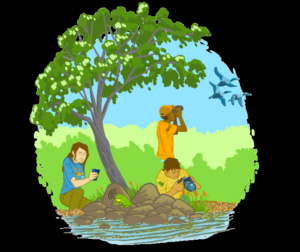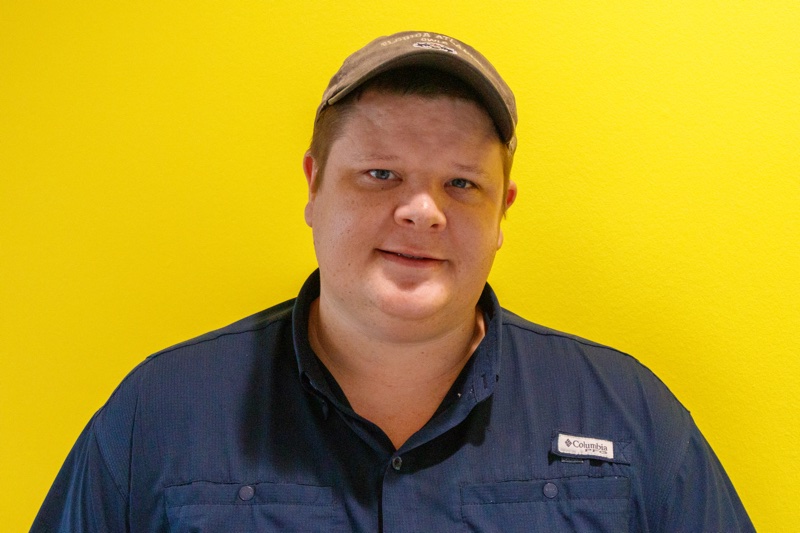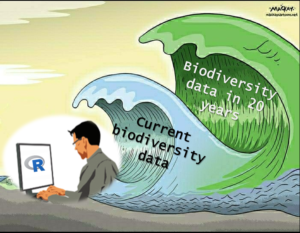Audubon Everglades Presents
How “people power” can help scientists measure our biodiversity
Presented by Dr. Corey Callaghan, Assistant Professor, UF Fort Lauderdale Research and Education Center
Tuesday, December, 6 2022 at 7:00 PM
Zoom-Hosted Presentation (Advance registration required)
6:45-7:00 PM Social time with fellow members, guests, and presenter
About the Presentation
Our avian species populations and their habitats are facing many environmental and human stressors, and conservation efforts need to be based on data from many locations over long periods of time. More and more, scientists are relying upon individuals and community groups to be their “eyes and ears” to study the biodiversity of our flora and fauna. Dr. Callaghan’s presentation will discuss the varied ways “people power”, harnessed through citizen science, contributes to our collective understanding of biodiversity. He will draw on recent examples and advances in using, optimizing, and understanding citizen science data for biodiversity research. And he will use examples such as eBird and iNaturalist to illustrate the power of these data for advancing our understanding of urban ecology, as well as many other facets of ecology. Finally, he will conclude with some useful tips on making the data you submit most valuable for scientific research.

About presenter Dr. Corey Callaghan
Originally from Western New York, Corey moved to South Florida where he did his Masters research on Purple (or Gray-headed) Swamphens under Dr. Dale Galwik at FAU, and where he was also led Audubon Everglade field trips and was an active member of our birding community. After this, he moved to Australia to do a PhD focused on how birds respond to urbanization, followed by a Postdoc in Germany focused on how to optimize sampling of biodiversity by citizen scientists. Currently, he is an Assistant Professor at the University of Florida Fort Lauderdale Research and Education Center. His current research tends to focus on urban ecology, asking fundamental questions such as how species traits influence a species’ ability to persist in urban ecosystems as well as applied questions such as how to better preserve biodiversity in urban greenspaces. Corey says, “While I am partial to birds, my research cuts across different taxa including birds, amphibians, butterflies, and multi-taxa compilations. I also spend a lot of time thinking about optimizing citizen science data for use in biodiversity research. When not working, I spend my free time with my wife, toddler, and dog birding, hiking, and camping.”



Comments are closed